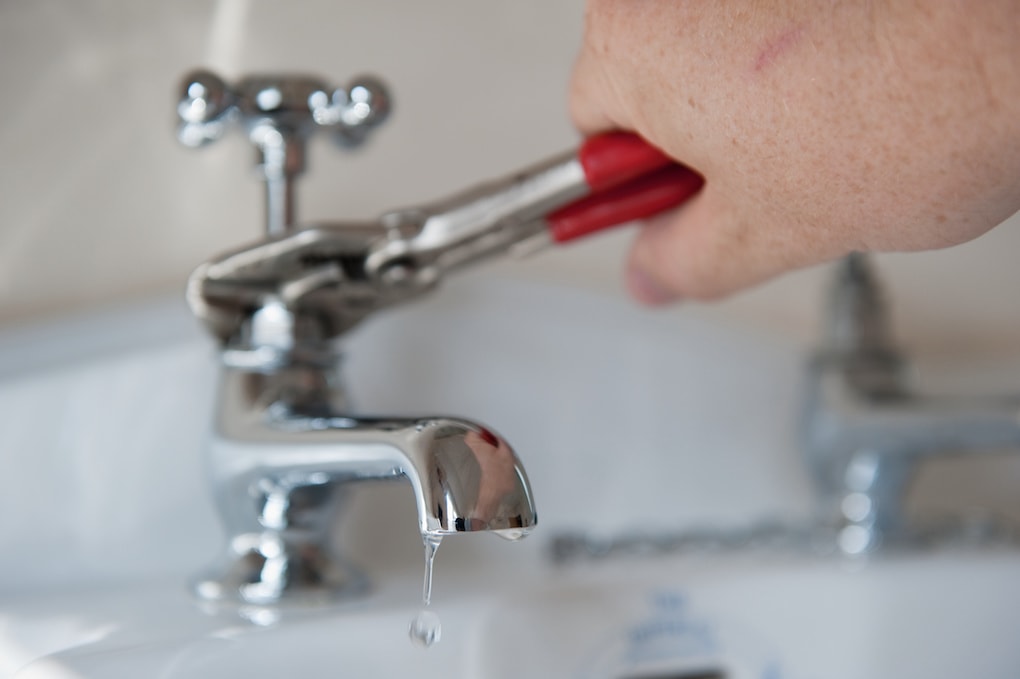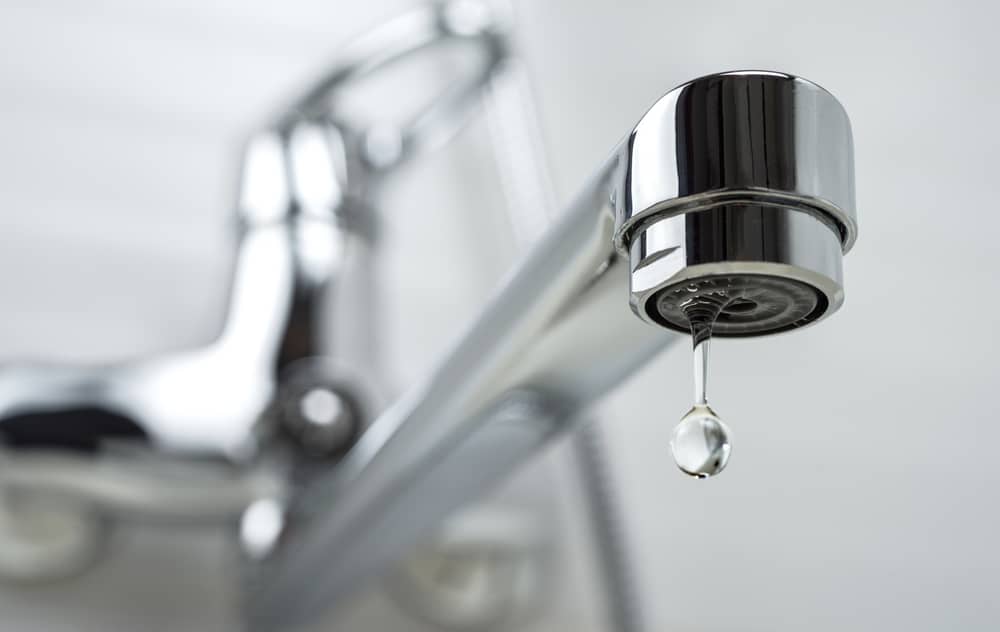Were you in search of critical info around Low Water Pressure in the House??

Low tide stress in your house can be an aggravating problem, affecting whatever from showering to cleaning meals. If you're experiencing weak water circulation, there are numerous possible reasons and remedies to discover. In this overview, we'll go over typical factors for low tide stress and sensible steps to attend to the concern successfully.
Introduction to Low Tide Pressure
Low tide stress takes place when the circulation of water from your faucets, showers, and various other components is weaker than usual. This can make daily tasks more tough and less reliable. Recognizing the causes of low water stress is vital to locating the best option.
Usual Reasons For Low Water Stress
Faulty Pressure Regulators
Stress regulators are accountable for preserving consistent water stress in your house. If they malfunction, it can result in low water stress or irregular flow throughout your home.
Local Water Issues
Sometimes, the problem lies outside your home. Community supply of water issues, such as main line leaks or maintenance work, can briefly minimize water pressure in your area.
Pipe Obstructions
Over time, pipes can end up being obstructed with natural resource, debris, or particles, limiting the circulation of water. This is a typical concern in older homes with galvanized steel pipelines.
Rust
Deterioration within pipes can result in leaks and lowered water stress. Corrosion accumulation can constrict water flow, specifically in maturing plumbing systems.
Exactly How to Identify Low Tide Stress
Evaluating Pipelines
Evaluate noticeable pipes for indications of leakages, rust, or blockages. Take notice of any kind of unusual audios, such as knocking or rattling pipes, which might suggest concerns within the plumbing system.
Consulting with a Plumber
If you're not able to determine the source of low tide pressure, consider working with a specialist plumber to conduct a comprehensive evaluation. They can identify underlying issues and advise appropriate remedies.
Checking Faucets and Fixtures
Start by examining the water pressure at various faucets and fixtures throughout your home. If the problem is separated to particular areas, it may show local problems.
DIY Solutions to Deal With Low Tide Pressure
Flushing Hot Water Heater
Debris accumulation in the hot water heater can restrict flow and reduce efficiency. Flushing the container occasionally helps remove sediment and preserve optimal efficiency.
Examining Pressure Regulator
Ensure that the pressure regulatory authority is operating appropriately. Adjusting or changing the regulator can assist restore proper water pressure throughout your home.
Cleaning Up Aerators and Showerheads
Natural resources can collect in aerators and showerheads, reducing water circulation. Remove and clean these parts consistently to boost water pressure.
Clearing Clogs in Piping
For minor obstructions, try utilizing a plumbing snake or chemical drainpipe cleaner to clear blockages in pipelines. Be cautious when utilizing chemicals and follow security standards.
When to Call a Professional Plumber
If DIY initiatives fail to resolve the problem or if you suspect significant plumbing troubles, it's best to look for assistance from a qualified plumber. They have the experience and devices to attend to complicated concerns safely and successfully.
Preventive Measures to Preserve Water Pressure
Mounting a Stress Booster
Think about mounting a pressure booster pump to enhance water stress in areas with regularly low flow. This can be specifically beneficial for multi-story homes or buildings with high-demand fixtures.
Surveillance Water Usage
Be mindful of water use behaviors and prevent ill-using the plumbing system. Easy changes, such as shocking showers and washing lots, can help maintain ample water stress.
Routine Upkeep
Schedule regular upkeep for your plumbing system to prevent issues such as corrosion, leakages, and obstructions. Addressing small issues early can help avoid even more significant repair services in the future.
Conclusion
Handling low tide pressure can be aggravating, yet recognizing the underlying causes and applying ideal options can restore optimum flow throughout your home. Whether it's cleansing aerators, inspecting pipelines, or consulting with a plumber, taking aggressive actions can ensure a steady supply of water for your everyday requirements.
FOUR WAYS TO FIX LOW WATER PRESSURE NOW
Turning on a shower or faucet only to find the water comes out in a sad, slow drizzle is never a good feeling. How exactly are you supposed to wash a pan or take a quick shower when it takes 10 minutes just to rinse off a little soap? The good news is that when your water pressure is bad, there's always a cause: typically one that can be easily fixed. Here are some of the most common causes of low pressure and what you can do to fix the issue:
DEBRIS AND MINERAL DEPOSIT BUILDUPS
If you notice low water pressure from just one or two of the fixtures in your house, the problem likely has to do with debris buildup. Water is full of minerals and other debris, all of which can accumulate in your pipes and on your fixtures. This can cause a blockage that affects how much water flows through. To fix this, try filling a small plastic bag with white vinegar, and use a rubber band to hang it around your showerhead or faucet. Let the head of the fixture soak for a few hours, and the vinegar should loosen the deposits.
WATER LEAKS
Leaks are another common cause of low water pressure. If water is flowing out of your plumbing through a hole or crack before it can reach your fixture, the pressure coming out of the faucet or showerhead will be lower. A plumbing professional is your best bet for finding and repairing a leak in your water supply pipes.
Leaks are another common cause of low water pressure. If water is flowing out of your plumbing through a hole or crack before it can reach your fixture, the pressure coming out of the faucet or showerhead will be lower. A plumbing professional is your best bet for finding and repairing a leak in your water supply pipes.
A VALVE ISSUE
If you have low water pressure throughout your home, check your main shut-off valve to make sure it's completely open. You may also want to see if there's a pressure-reducing valve installed. If there is, have a plumber help you adjust the settings to get the pressure you're looking for.
OTHERS USING WATER
Believe it or not, your low water pressure could be caused by your neighbors. If you notice low pressure at certain times of day, it may be because you and the people living next to you have similar schedules - when everyone is showering at the same time, the pressure will be lower in every home. Low pressure throughout the neighborhood may also be caused by an issue with your municipal water supply. If that's the case, call the supplier to see if they're working on the issue.
https://www.rotorooter.com/blog/water-leaking/low-water-pressure-fixes/

Do you like reading up on Low Water Pressure in the House?? Post a remark directly below. We'd be glad to hear your insights about this blog posting. We are looking forward that you come back again before long. Please take the time to distribute this article if you liked it. Thank you for taking the time to read it.
Call Us Today